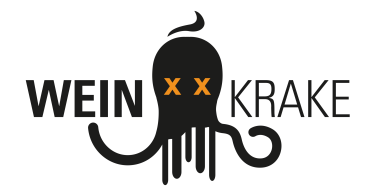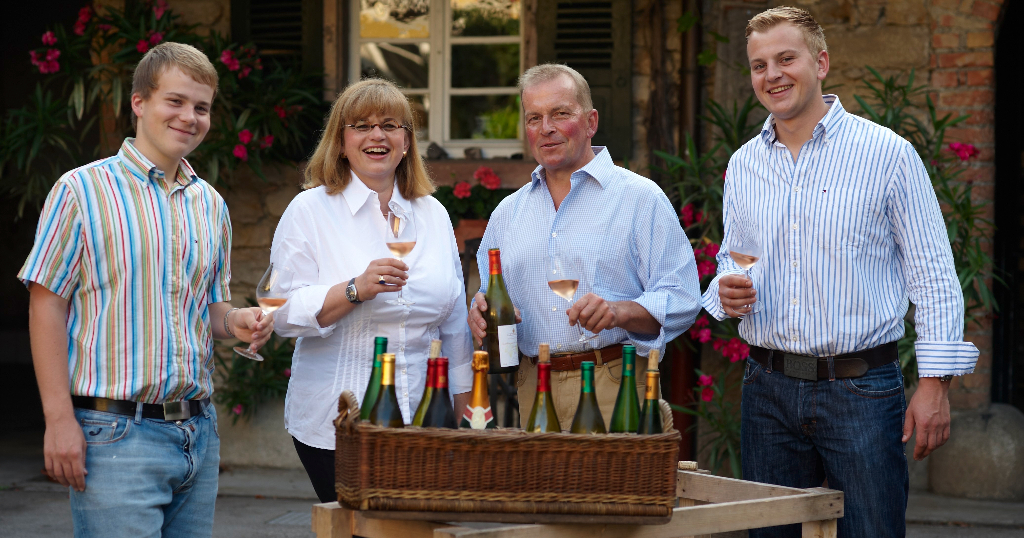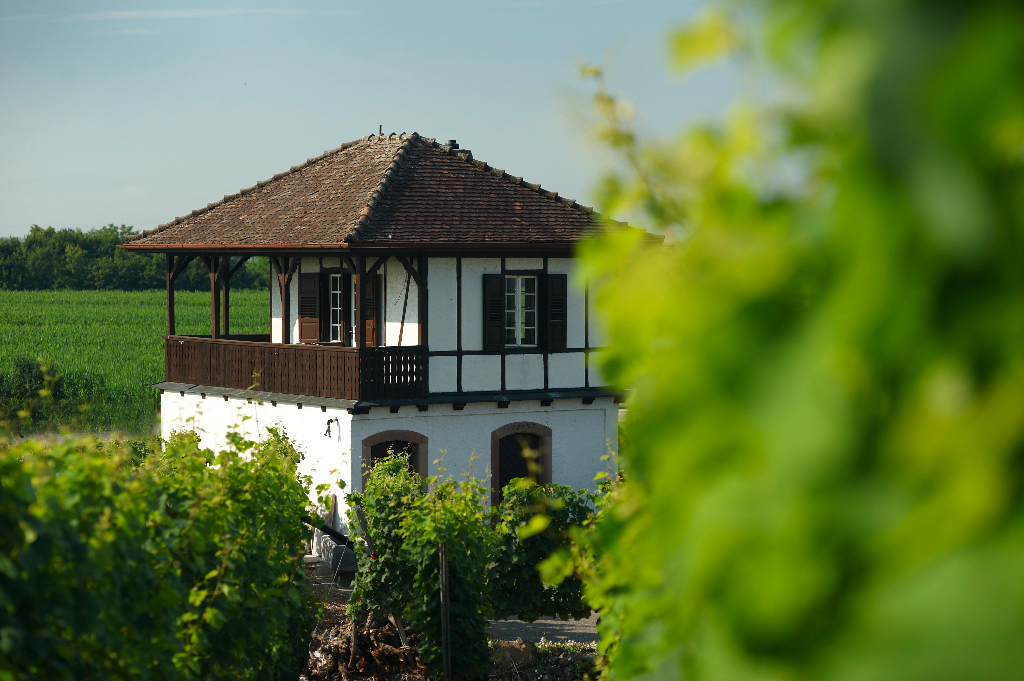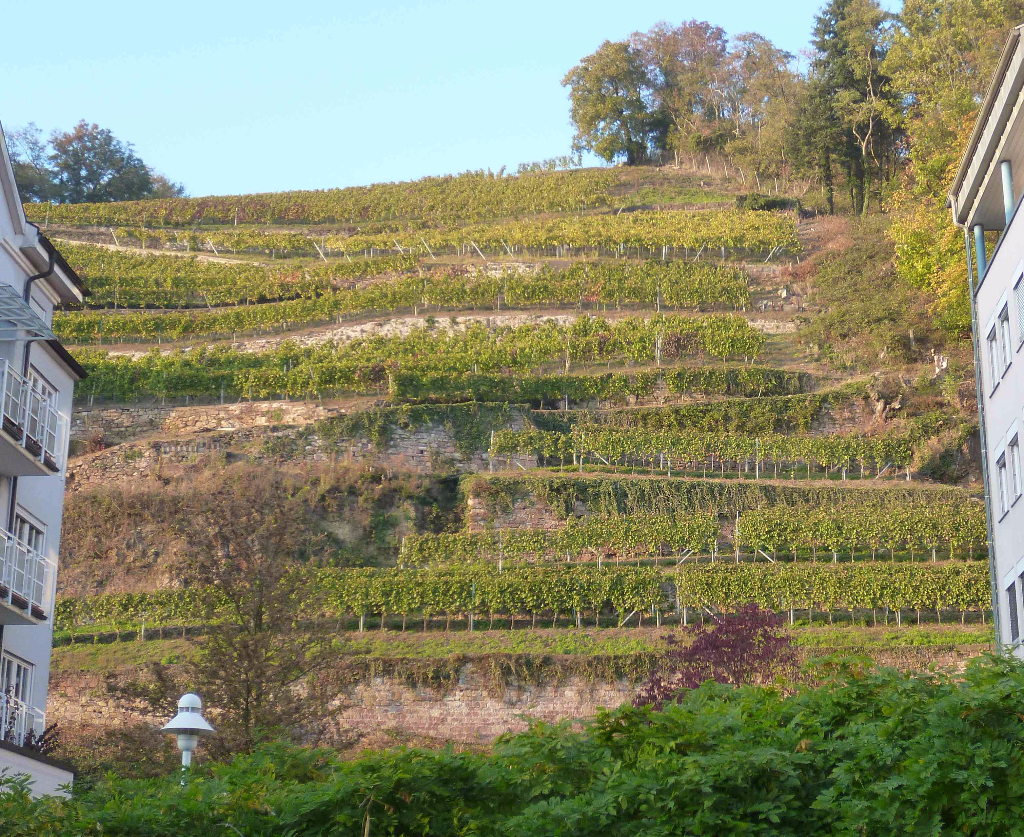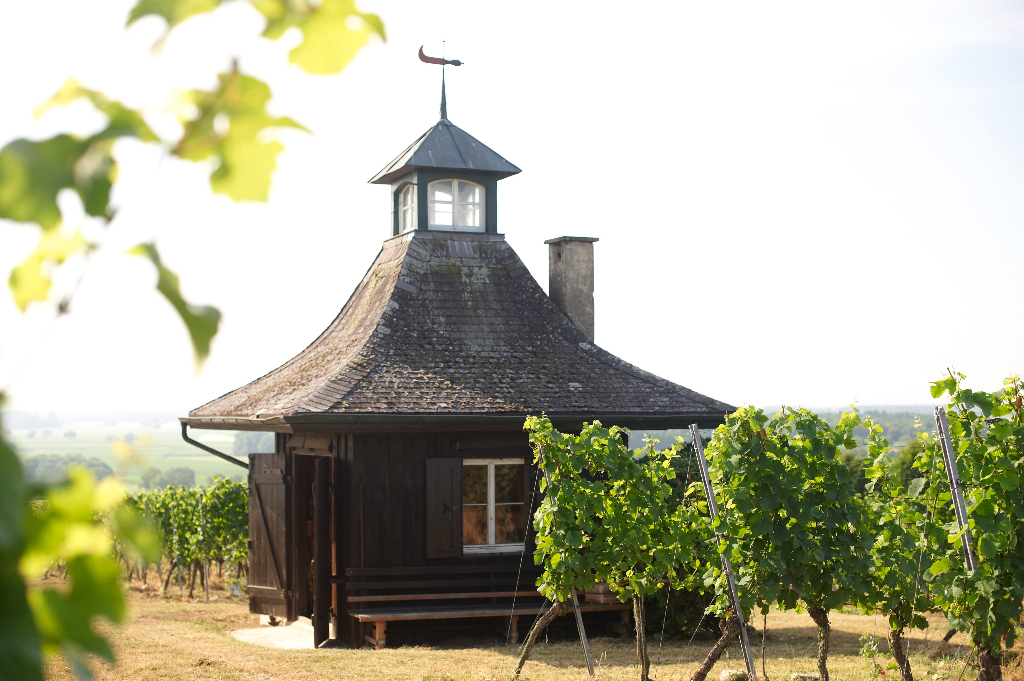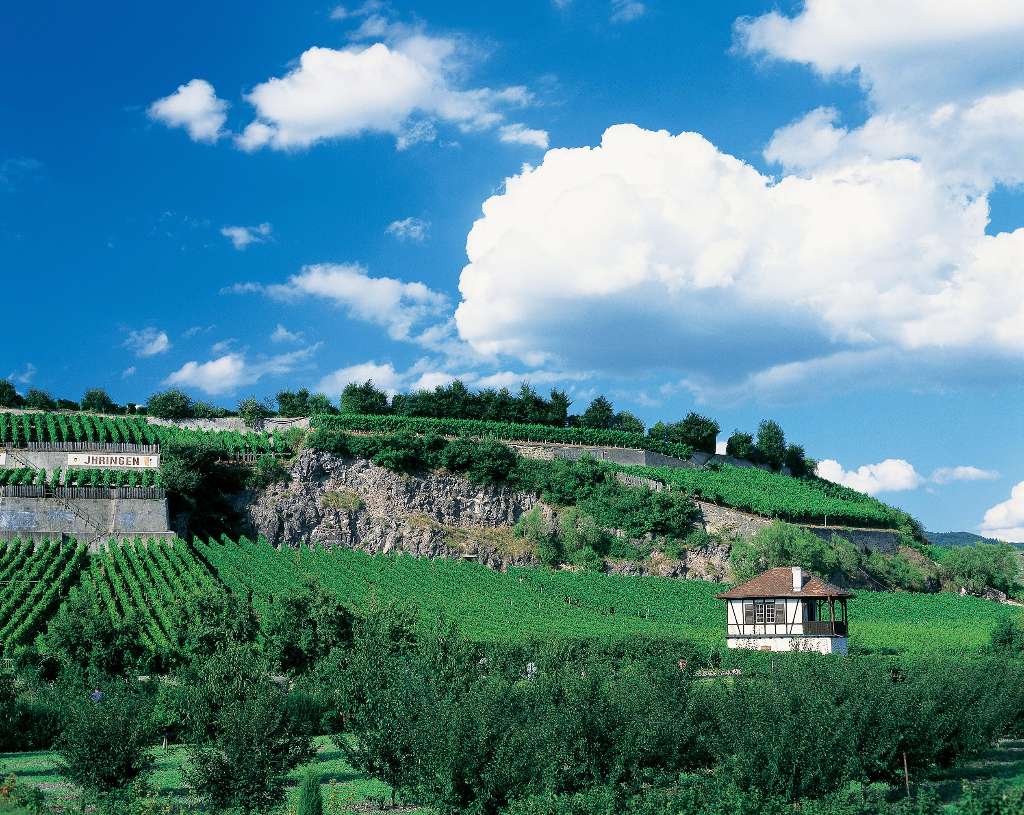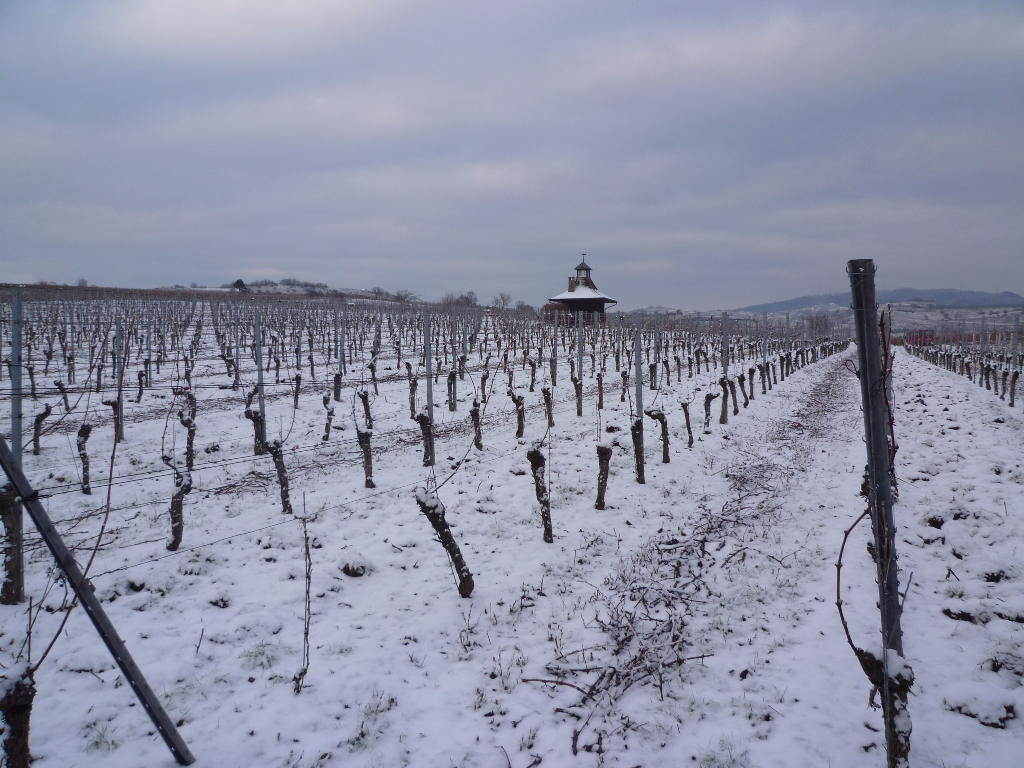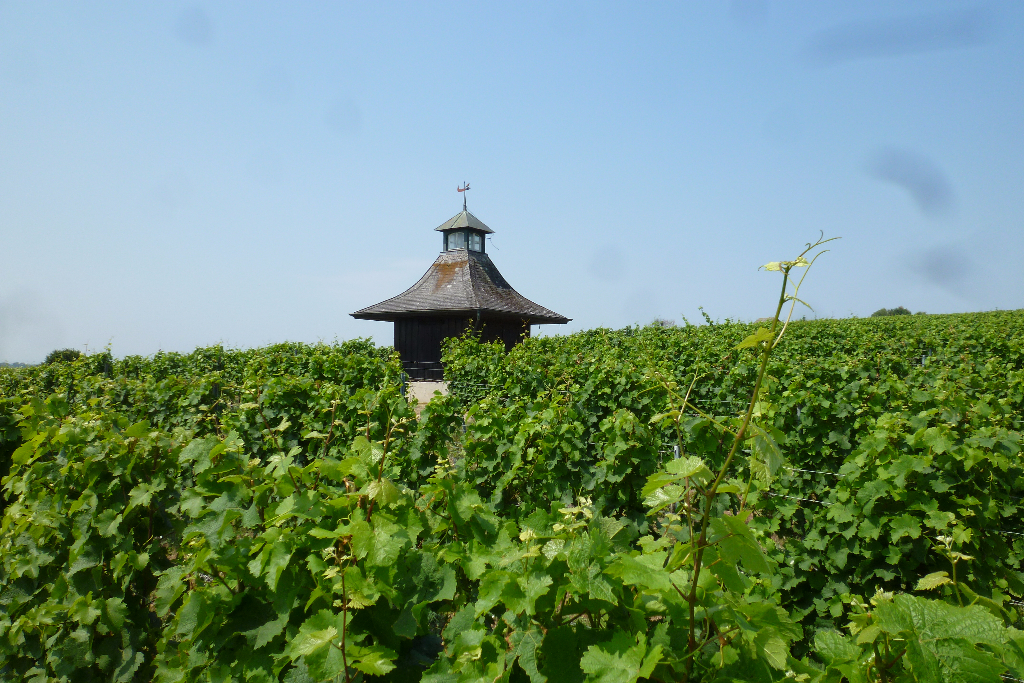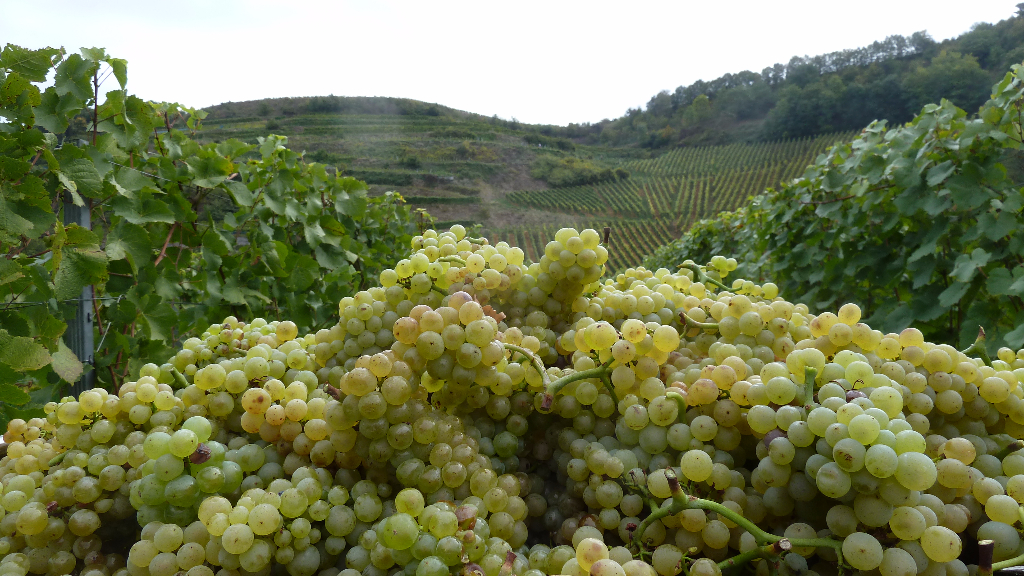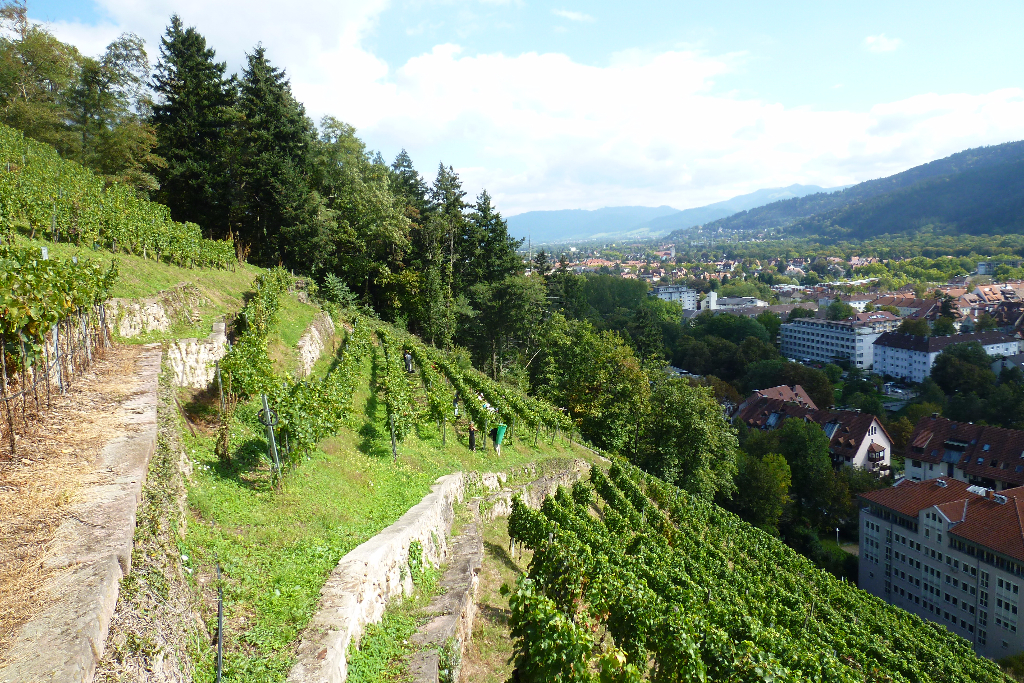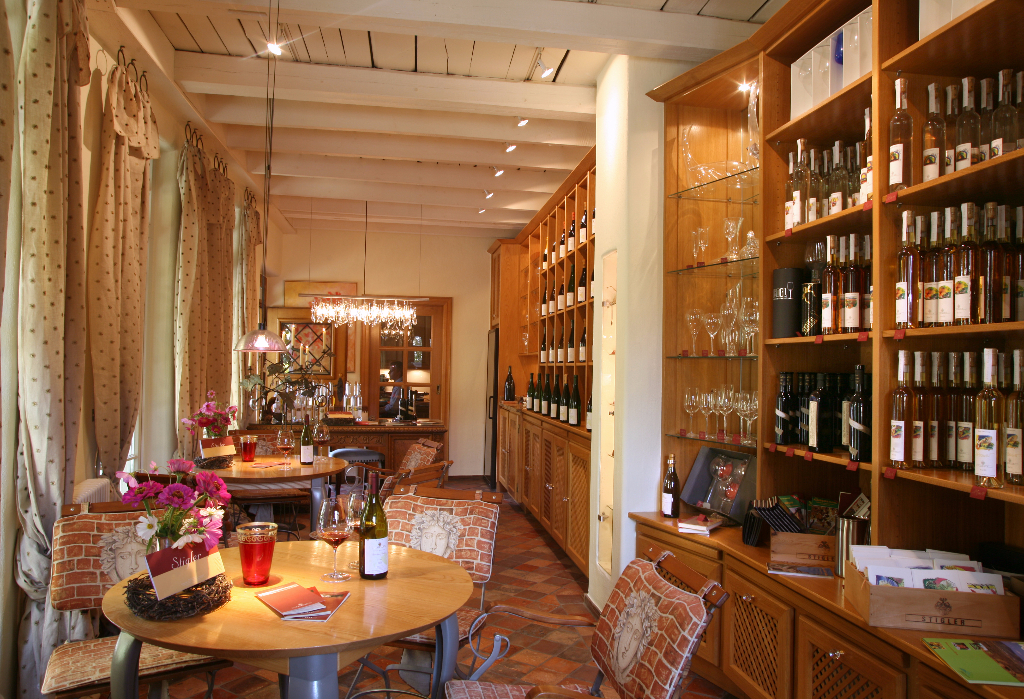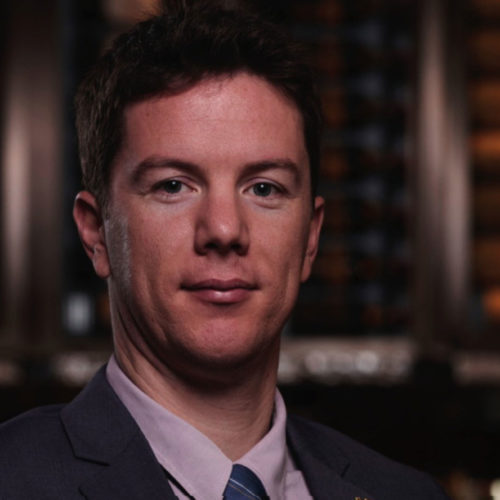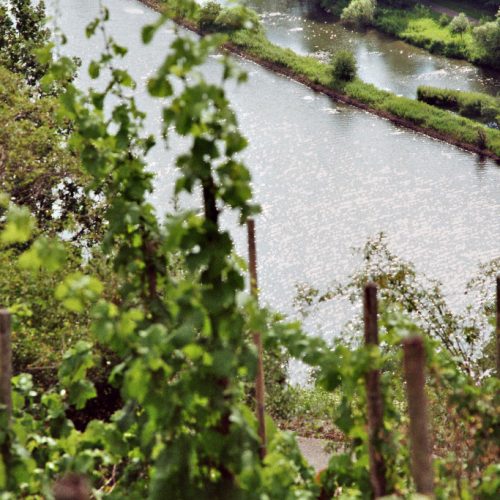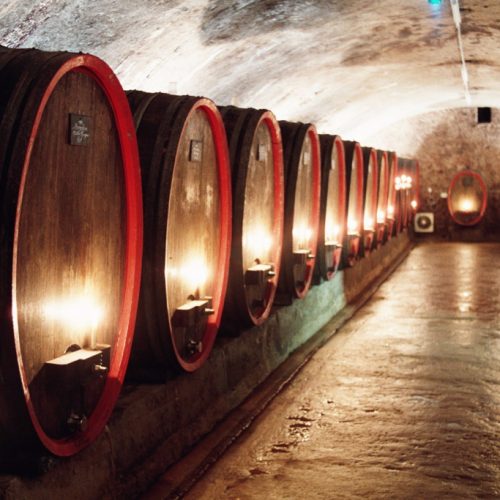Königsstuhl sounds noble, Kaiserstuhl sounds majestic. Germany’s warmest region has been bearing this dulcet name since the 14th century. For many people this region is the ultimate when it comes to the types of Burgundy in Germany. Yet for some others the existing richness does not seem to be enough. One man in particular asks for Riesling, Chardonnay and Chenin blanc in addition to the established Burgundies. His name is Andreas Stigler. Being the first vintner to bring the grape variety Chenin blanc to Kaiserstuhl he, along with his wife Regina and his two sons, has developed wines precisely for many years. However it would be presumptuous for Andreas Stigler to merely cultivate types of Burgundy in those great vineyard sites. He does not seek comfort. May the Riesling be qualified in the Moselle and in Rheingau and may the Chardonnay and Chenin blank be native in France. Stigler sees it as a challenge to create individuality for these grape varieties. Just like he does for the Burgundies. Of course. Some wines of the higher qualification reach a nice complexity with age while being in the intersection of mineral coolness and hot volcanite. Until then it is keeping a cool head and steady hands. Experience is a must-have especially when it comes to the offspring. Kaiserstuhl is the place to be for people who want to drink a royal Burgundy. If you want to enjoy an imperial pleasure you should make time for Stigler’s wines. Sometimes taking a seat is just the right thing to do since the inner tension of some wines is so strong that it sweeps you off your feet. We need that.
THE WINES
Stigler, Wolke Sieben, VDP Wolke Sieben, Kabinett trocken, 2014
You can often recognise the quality of a vineyard by looking at its “base wine”. This cuvee of Müller-Thurgau, Kerner and pinot blanc shows backbone and is accompanied by a nice freshness. A wine with quite a precision. A wine to hoist. An uncomplicated cloud nine feeling. Enjoy as a pair. Or to speak in song lyrics: “Better on cloud four with you than all alone on the ground again”. Cheers.
Stigler, Silvaner, Ihringen Winklerberg, VDP Erste Lage, trocken, 2013
A not ending breakup. Movement. That is what determines this wine. Shortly after opening the bottle you feel the changing of the wine. A wine that is much talked of. Not only because for some it does not pass the “drinking codex” since the Silvaner is not from Franconia. It does not have to be. The volcanic soil at the southwestern side of the Kaiserstuhl has its own very mineral style. At first the wine presents rather subtle scents of citrous followed by stronger fruit scents. Then there is a lot of body and succulence in the mouth and it remains exciting. Dynamics are present. Changing, inconstancy.
Stigler, Weißburgunder, Freiburg Schloßberg, VDP Erste Lage, trocken, 2013
A stereo wine. As an orchestra player a fine food companion or as a soloist moving smoothly and elegantly over the stage or rather in the mouth. Thanks to a modern play of sourness which is accompanied by great elegance and a subtle spice. Pinot blanc between the Burgundy and Rheinhessen.
Stigler, Spätburgunder, Ihringen Winklerberg, Grosses Gewächs, trocken, 2010
This wine makes you fall asleep… never in your dreams. Wine experts have to just put one and one together. Baden, pinot noir, Winklerberg, Stigler. Besides all the name dropping it proves (once again) to inhere this precision which became second nature to Andreas Stigler. This wine exists in the gravitation field between abundance and elegance. In between multifaceted read fruit, smoke, spice almost tobacco-like and a consistent not too abundant sweetness. The sourness is vivd and guaranties a long storability. Let it sleep a little longer, in 3 to 5 years you will be able to enjoy it heavenly.
THE INTERVIEW
Berlin, Berlin. A fascinating city, for you as well. Shortly after the turnaround you started to be committed in Berlin, made contacts, looked around. In your opinion, how has Berlin’s gastronomy developed in the last 10 to 15 years?
Berlin is one of the most exciting cities in Germany. The focus on wine has immensely increased in the last few years. There are lots of experiments. The people are brave. A vibrant diversity. One often learns by watching the tendencies from Berlin. It is a city which constantly changes. Without any constant. That is what excites us so much about Berlin.
The Vau in Berlin is the only restaurant where you can get Chardonnay Auslese Ihringer Fohrenberg 2013. What makes this wine so extraordinary?
In 2013 we had a gigantic range of sweet wines. That is why we decided to just try to interpret a Chardonnay semi-sweet. We were amazed at how well it developed. Then we wondered which dishes would fit very well to the wine and among others we had a tasting in the Vau. They were really keen on it and – hey presto – all the bottles were gone. (laughs)
Before we start talking about your exposed locations with melodious names we should maybe define what types of wines you make exactly?
Concise, characterful. No mainstream.
Ihringen is a Burgundy domain. Yet you have the Riesling grape in your range as well. What is special about the Riesling from Kaiserstuhl?
The Riesling is Stigler’s flagship and we will continue to hew to it in the future because the Riesling thrives excellently here. Of course there are bad years too as we unfortunately experienced in 2014. 2013 was a better year – we could save the grapes into the sweet sector. But 2015 is without a doubt a gigantic year for the Riesling. This lets us sustain the Riesling. What I want to emphasise though is that Kaiserstuhl – and especially Ihringen – is a region where you can find a big diversity of different types of grapes with a good ripeness.
Thanks to you two, there is Chenin Blanc at Kaiserstuhl. Why did you decide on this grape variety?
As far as I know we were the first to start cultivating the Chenin Blanc at Kaiserstuhl in 2003. Two years later we had the first yield which was still very frail. The decision for this type of grape is closely related to the climate change. And my husband is so fascinated by this grape! It offers a similar range like the Riesling. From the base to the Trockenbeerenauslese.
Where do you want to class this wine among your portfolio?
Unfortunately, these wines cannot become Großes Gewächs since they are not classified in the VDP. We will class our Chenin Blanc among the high-class Spätlese-dry-sector and also sweet and maybe cuvée sometime.
Besides making good wine you have to market well, too. What challenges do you see for yourselves and for the next generation in the wine business?
In the last few years there were several changes. The basic requirement for success is to create quality and shortly after that comes marketing. That will stay the same. The market is tight for everyone. That is why positioning in a niche is so important. The challenge will be finding this niche and playing at it with a good quality. It is tough to swim against the tide but once conquered you become irreplaceable. Our wines have this kind of character. Minerality and a very particular volcano flavour are our unique selling point.
The Ihringer Winklerberg stirs lots of wine fans’ blood. What is the secret of this location?
It is a very exposed location in Baden. The Kaiserstuhl as a volcanic mountain range juts out. It is the only obstacle in the Rhine plain. The warm wind from Burgundy meets the mountains. An exceptional climate arises. The Winklerberg itself is occupies an area of 120 hectares.The frontal peak of the mountain consists of weathered volcanic rocks of voids. That is why tilage is only possible to a limited extent. The only thing we can do is to remove the rocks from the vineyard after winter.
You have an online shop. Lots of vineyard estates shy away from that offer because they do not want to get on the wrong side of the vintners? Why did you opt for going online?
If you have a clear calculation line you can surely do that. Basic requirement for creating an online shop is to be and to stay comprehensible. For the vintners as well as for the individual clients. There is no disadvantage for the specialist dealers. They have to be confident and display their fortes like consulting their clients. And that in particular is the unique selling point of the specialist which no online shop can replace. Clients should be willing to spend a few cents more for one of those wines since consulting is a service and that costs money.
The bold Freiburger Schlossberg surely is a special challenge with its 70 degrees. What transports location and alignment into the wines?
Just like at Winklerberg wines appear which possess freshness, elegance and profundity, albeit have different minerals since gneiss is dominating here and not the volcanic rocks. The wines from Winklerberg are daintier. The wines from Schlossberg are straight. Because of the bold location we have a marvelous sun exposure. Moreover the grapes are ventilated by a special down draught. The industrial canal at the foot of the mountain brings a good huminity.
Terroir thinking in a different way. You make your own jewellery. What is behind that?
Not me. But my husband’s sister is goldsmith. We love jewellery and art handicraft. She works up jewellery, bottle caps and stickers with volcanic rocks. Clients can purchase the pieces.
So it is gold vs. wine?
(laughs) Liquid gold vs. solid gold.
Concerning the design, the labels always show an excerpt of a vine in differing variations. What kind of concept is behind it?
We wanted to bring the VDP ranking systematics on our labels. Grape and vine leaf have been a permanent feature of our cooperate designs for many years. We play with the idea that the higher the quality the more we zoom into the image of grape and vine leaf. In the base wine area you see both. Erste Lage shows only the big leaf and at the Grosses Gewächs label you see only the stern of the grape. We have different colours for the capsules, too. Red is for estate and local wines and gold for Erste Lage and Grosses Gewächs.
There are two wines that have the names of your two sons. What do these two do in their lives?
Our eldest son Max studies winegrowing in Geisenheim. In a few years he will enter the firm. The younger one studied pharmacy, studies business at the moment and will also work in the agricultural section later. Both are wine enthusiasts.
And that is why the wines bear their names?
It was a spontaneous idea really. Our eldest son has his own vineyard already. So the idea of naming a wine after him was not very far. It was a little more curious with the second one though. Actually the name of our secon son is Frederik but at university they call him Fritz. We found that really funny and that is why we decided to name the other wine Fritz (laughs). Our dog’s name is Sissi. Maybe we up the ante. How about rosé?
We have heard the word “Pinöle” quite often now, a foreign word for a Berliner. What is it?
Since 1992 at customer wish we have been making a sparkling wine with pinot noir, pinot blanc and Chardonnay, a classic bottle fermentation with about 10, 000 bottles per year. We call the rosé “Pinöle” to see who is (in quotation marks) “already in the club” (laughs). A few years later we have made a varietal sparkling wine with Chardonnay. This wine is a great addition to Champagner in the gastronomy.
What is your perfect wine moment?
To lose track of time while enjoying the wine.
